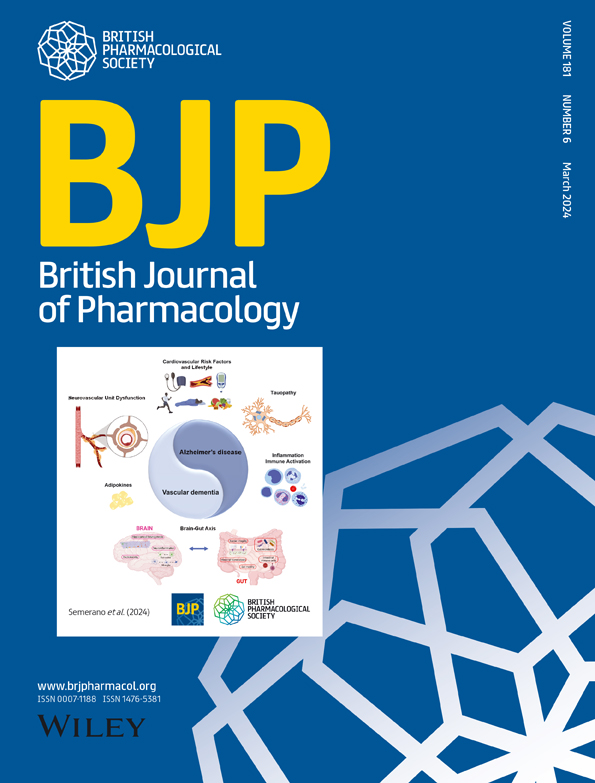The fast-dissociating D2 antagonist antipsychotic JNJ-37822681 is a neuronal Kv7 channel opener: Potential repurposing for epilepsy treatment
Abstract
Background and Purpose
Pharmacological activation of neuronal M-current mediated by Kv7 (Kv7.2–5) potassium channels is a validated mechanism for epilepsy treatment. However, since the market withdrawal of the prototype Kv7 activator retigabine, no Kv7 activator is clinically available for this condition. The object was to identify, characterise and validate new neuronal Kv7 channel activators for epilepsy treatment.
Experimental Approach
A fluorescence-based high-throughput assay was optimised in cells stably expressing Kv7 channels to screen two repurposing libraries including >8000 compounds. Whole-cell patch clamp, in silico docking, mutagenesis and multielectrode array recordings in human induced-pluripotent stem cell (hiPSCs)-derived cortical-like glutamatergic neurons (iNeurons) were used to evaluate compound(s) potency and efficacy, binding site, and effects on neuronal activity, respectively. Finally, anticonvulsant activity was assessed in two acute seizure models in male mice.
Key Results
JNJ-37822681, a fast-dissociating D2 receptor antagonist in clinical development as antipsychotic, enhanced Kv7.2–5 currents with potency and efficacy largely comparable to retigabine. In Kv7.2 subunits, JNJ-37822681 binding site largely overlapped that for retigabine. In iNeurons, JNJ-37822681 enhanced the M-current, hyperpolarised the resting membrane potential and reduced spontaneous action potential firing. These effects were blocked by the Kv7 antagonist, XE-991, and were not reproduced by the D2 antagonist (-)-sulpiride. Finally, JNJ-37822681 showed anticonvulsant activity in two well-validated mouse models of acute seizures.
Conclusions and Implications
Our study reveals that JNJ-37822681, which lacks retigabine's potential safety issues due to chemical liability and is already confirmed as safe for human use, represents a potential treatment of Kv7-related neuronal hyperexcitability disorders.


 求助内容:
求助内容: 应助结果提醒方式:
应助结果提醒方式:


